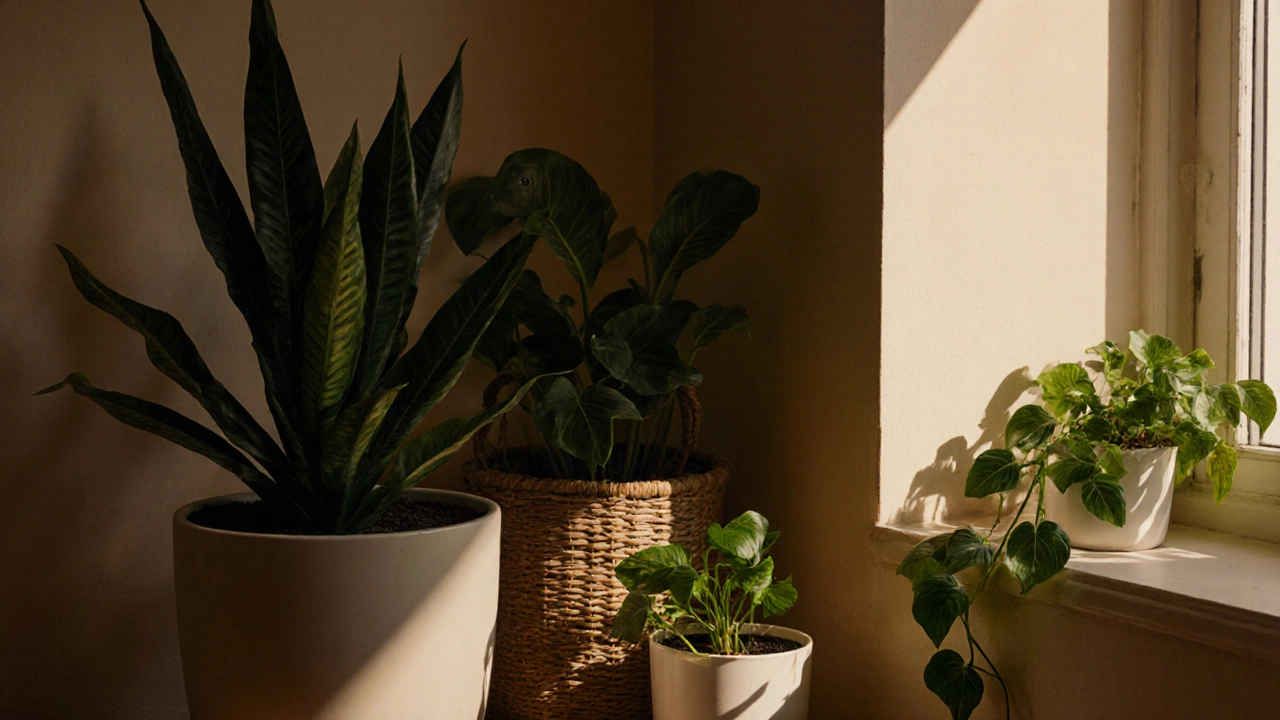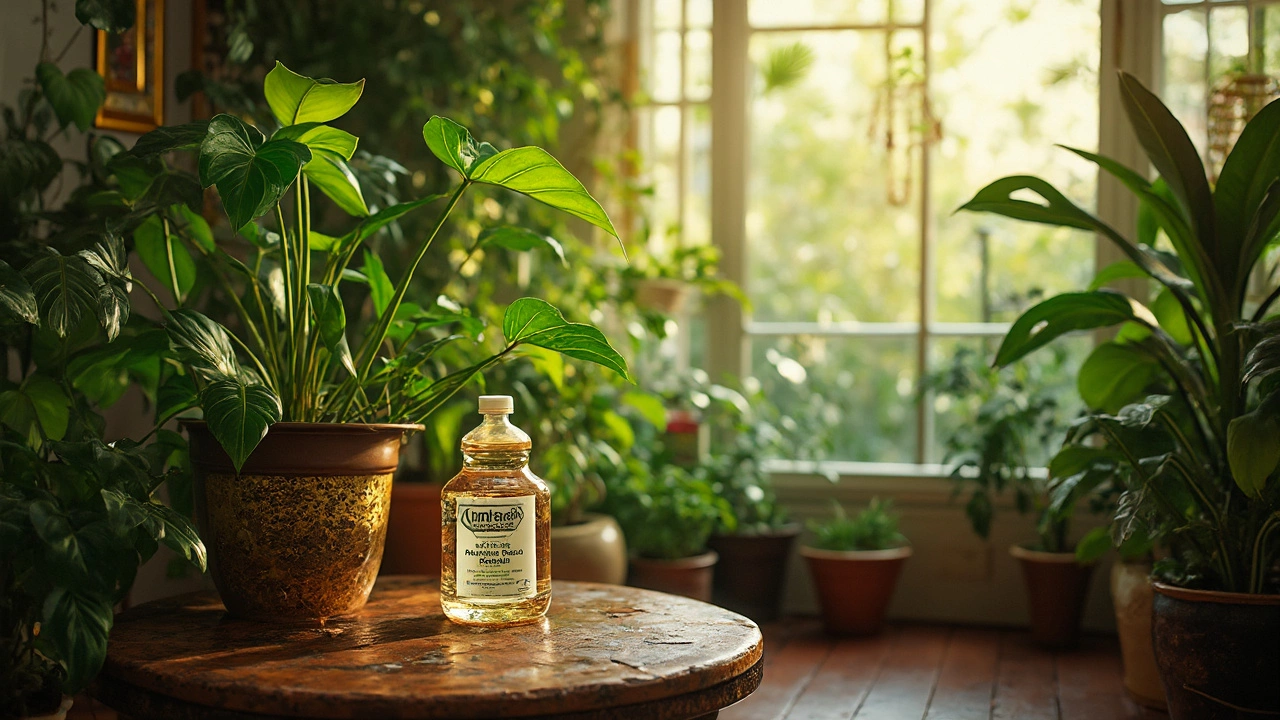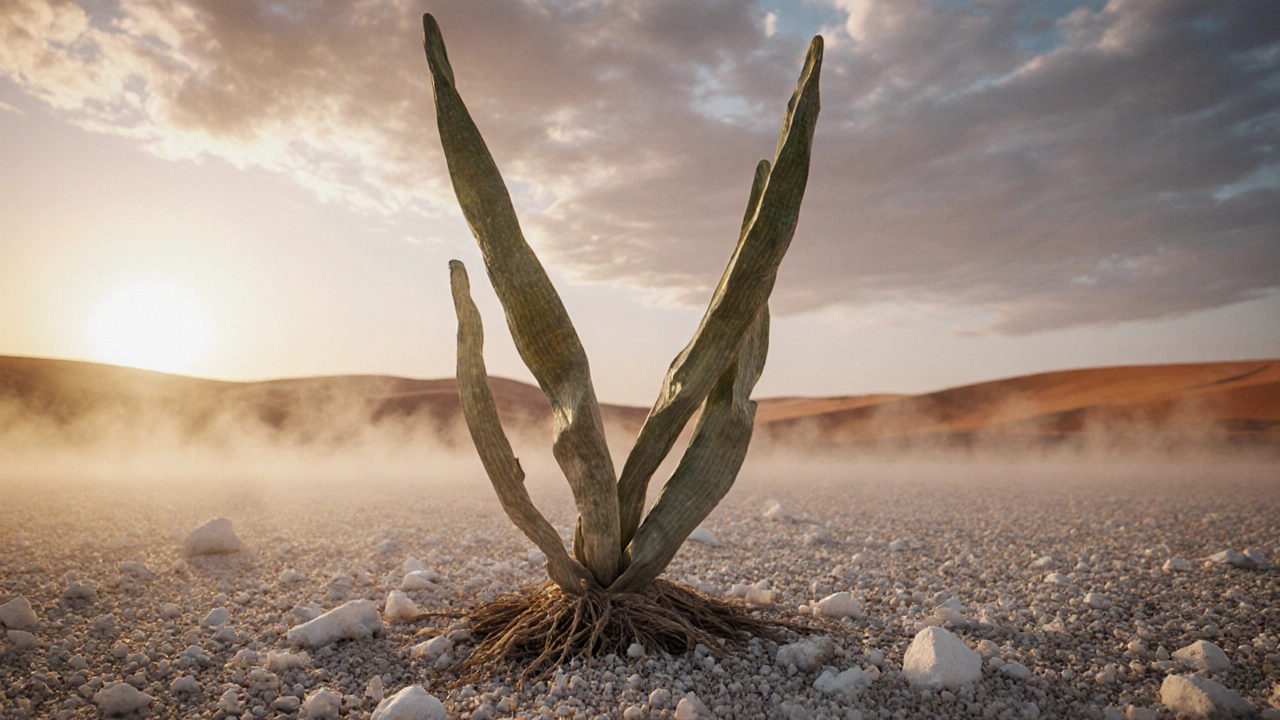Hardy Houseplant: Essential Care Basics
When working with Hardy Houseplant, a plant that tolerates a wide range of indoor conditions. Also known as tough indoor plant, it offers a low‑maintenance option for beginners and seasoned growers alike.
One of the first things to nail down is the watering schedule, how often and how much water a plant receives. Over‑watering is a common mistake; most hardy varieties prefer the soil to dry out a bit between drinks. Check moisture with your finger or a simple wooden skewer – if it feels dry to the second inch, it’s time to water. Pair this habit with good drainage, and you’ll avoid root rot. Next up is light requirements, the amount and quality of light a plant needs to photosynthesize. Hardy houseplants typically handle bright indirect light, but many can survive in lower‑light corners too. Position them near east‑facing windows for gentle morning sun, or use sheer curtains to filter harsh afternoon rays. If natural light is limited, a modest LED grow light can fill the gap without blowing up your electric bill.
Soil matters just as much as water and light. Choose a soil type, a growing medium that provides aeration and moisture retention designed for indoor use – a mix of peat, perlite, and a bit of compost works well. This blend drains quickly while holding enough moisture for the plant’s roots. Avoid heavy garden soil; it compacts and suffocates the roots, especially in container settings.
Temperature and humidity round out the care picture. Most hardy houseplants thrive between 65°F and 75°F (18‑24°C) and tolerate occasional drafts. If you live in a dry climate, a simple pebble tray or occasional misting boosts humidity without encouraging pests. Remember, consistency is key: sudden temperature swings stress the plant and can trigger leaf drop.
Here’s a quick cheat‑sheet to keep your hardy houseplant happy:
Practical Tips for Everyday Success
These steps line up with the advice you’ll see in our collection below, from container‑garden watering guides to tips on choosing the easiest flowers to grow.
Now that you’ve got the fundamentals—watering, light, soil, temperature— you’re ready to dive into the specific articles we’ve gathered. They cover everything from daily watering myths to the best indoor plants for low‑light spaces, giving you actionable insights to put your new knowledge into practice.
Easiest Houseplant to Keep Alive: Beginner‑Friendly Options
Discover the most forgiving houseplants, learn simple care steps, and avoid common pitfalls. Perfect for beginners who want a thriving indoor garden.
- manufacturing
- India
- food processing
- garden tips
- rice cultivation
- government schemes
- balcony garden
- urban gardening
- balcony gardening
- profitable business
- business ideas
- plastic manufacturing
- drip irrigation
- plant care
- steel manufacturing
- sustainable gardening
- startup ideas
- steel industry
- flower gardening
- textile manufacturers






